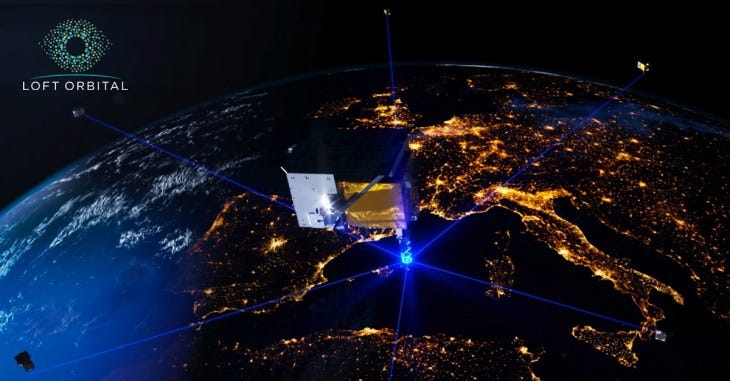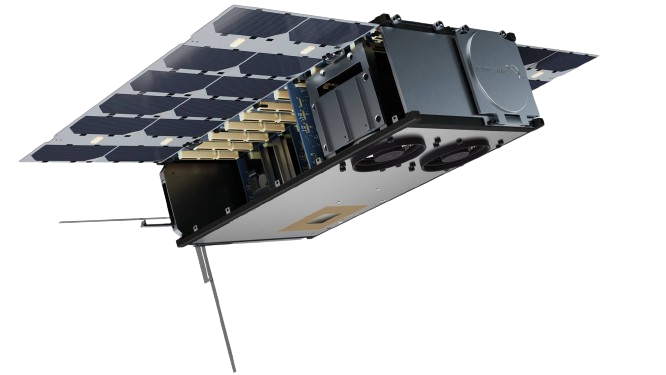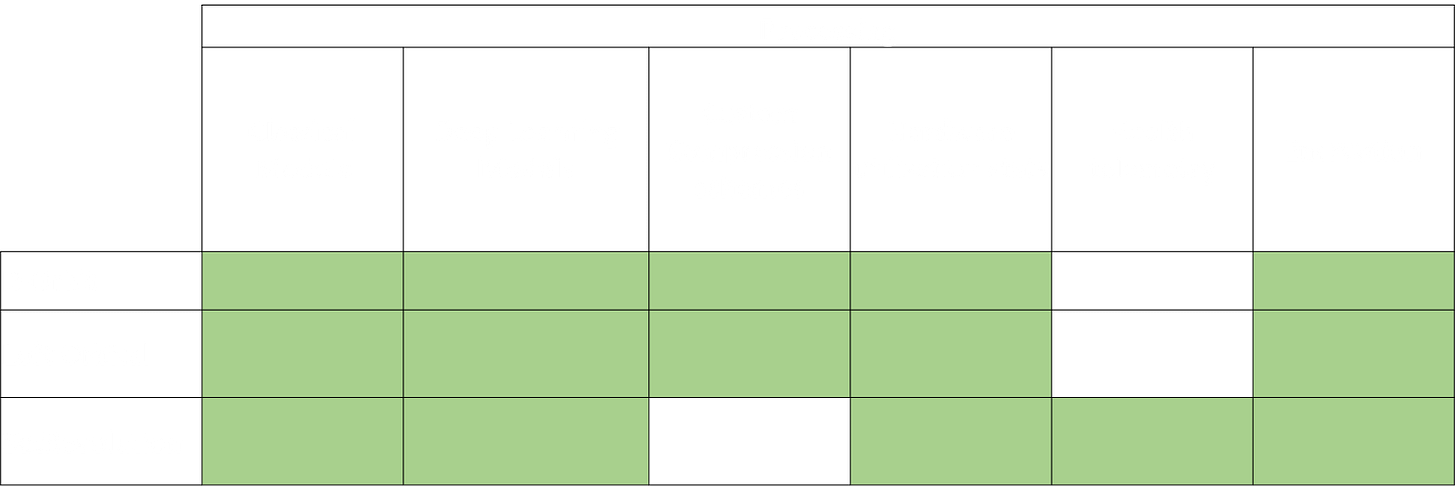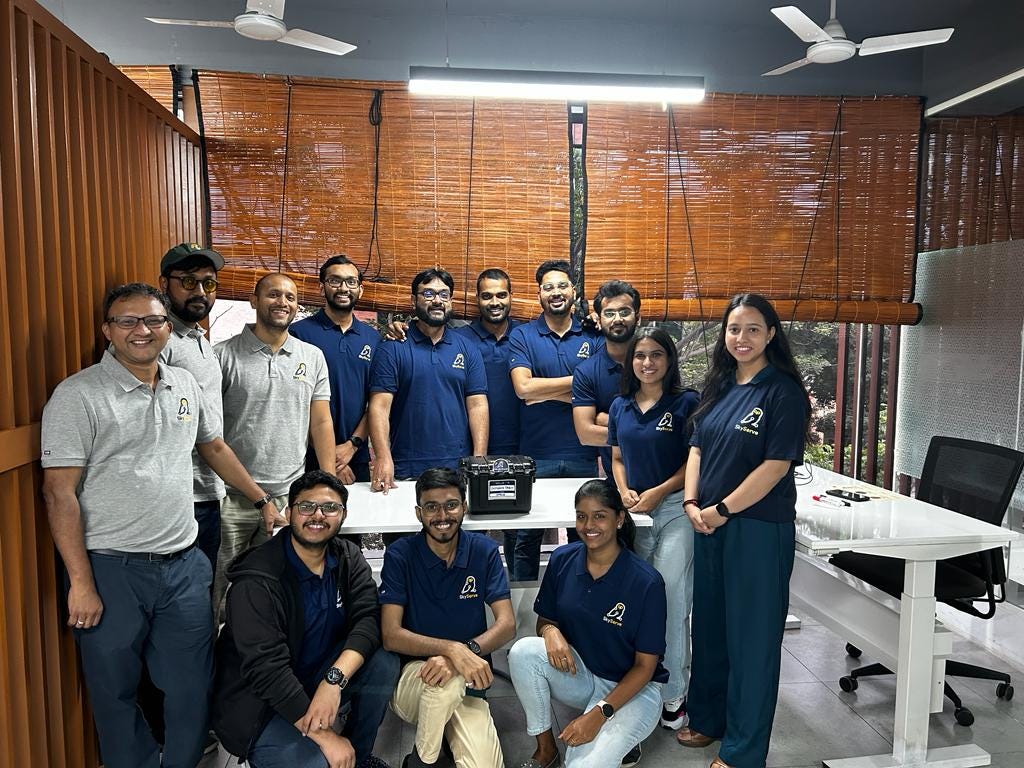SkyServe Technology Demonstrations Coming Up In 2024
Nearterm technology advances "in space"
I wonder how common are pre-launch jitters among NewSpace companies. Often criticized for being hype machines, many are also on a pursuit of proving quality despite all the odds. It is the flinging of our dreams into the cosmos with the sobering awareness that this is merely the first, uncertain step on a long road. So here we are, at SkyServe, about to commence at least three missions in 2024 to test our technology. In this blog, let us cover some details about the technology demonstrations we are trying to achieve in 2024.
Quick Recap
So what are we trying to do again? As mentioned here, we are building infrastructure which can allow management of onboard applications for different platforms (payload hardware, sensor(s), middleware). We start with three-channel RGB and multispectral sensors for our demonstration. This involves the acquisition of tasked onboard imagery and mapping it to a task graph which defines the imagery pipeline to be executed. Typically this would involve radiometric and geometric corrections to produce a top-of-atmosphere (ToA) product along with quality data (like cloud and cloud shadow masks) and metadata, which can generate ‘Smart Tasked Images’ for consumption by GeoAI models (let’s say a real-time fire detection application output). The model outputs and other configurable data and metadata are then compressed and sent to the ground. A ground-based configurable pipeline is then called to generate quality parameters, perform additional atmospheric corrections (if needed), finer georeferencing, and makes the final outputs and output stats available for access to our users. Over the next few months, we intend to demonstrate our technology progress over the following missions:
Matterhorn: (Q1-Q2 2024)
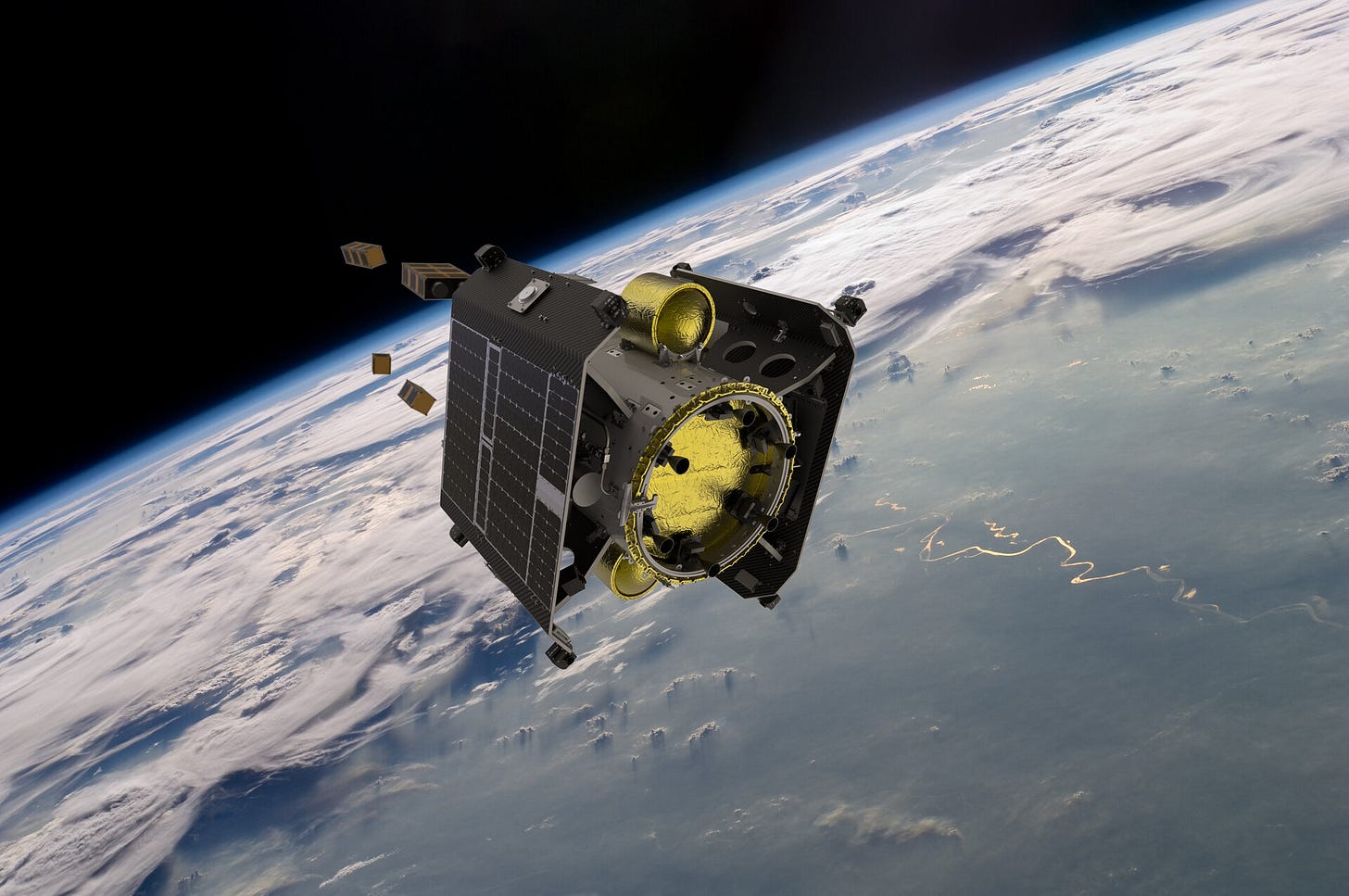
As per the mission booklet, during this mission,
“The platform will deploy customer spacecraft, perform the in-orbit demonstration of third-party payloads, and validate several innovative features that will be available to customers on future missions”.
In the Matterhorn mission’s satellite, we will be testing our preprocessing and compression algorithms with an RGB imager onboard. The preprocessing algorithms include:
a smart discard deep learning model,
radiometric denoising and dehazing,
cloud detection,
spectral indices like the Visible Atmospherically Resistant Index (VARI) and visible waterbody detection using a normalized difference index alongside some intelligently cropped regions of the input image.
We maintain a (output insights/input image size) ratio of 5 or better while trying to maximize the information extracted from the input image. This mission requires software image uplink using onboard infrastructure and run it over certain areas of interest. We intend to perform coarse georeferencing on the ground.
Denali: Loft Orbital YAM-6 (Q2-Q3 2024)
Spacenews covered us here! The Loft Orbital YAM6 will be a virtual mission-enabled satellite. As far as Loft YAM-6 capabilities go, here is a snippet from their brochure:
Virtual missions provide the opportunity to radically shorten time to orbit. Customers can deploy their own software apps to our infrastructure to analyze data as it is being collected, enabling all kinds of use cases like tip-and-cue, response and sensor fusion. Software apps that require compute power, like AI and Machine Learning, enable us to use the unique vantage point of space in a variety of important ways.
We are working to deploy the entire onboard pre-processing software for this mission to demonstrate:
high-quality top-of-atmosphere (ToA) product generated,
smart tasked imagery generated,
classical and deep learning models tested on the ToA products,
commissioning procedures to perform radiometric Cal/Val and general image pipeline performance and quality enhancement,
configurable pipelines through tasking command templates,
submission and standardization to ingest new models and tracking model performance over time through a common access portal for model developers
K2: SatRevolution SOWA (Q2-Q4 2024)
The SkyServe-SatRevolution mission will be a hosted hardware and software payload on the SOWA platform. SatRevolution SOWA Universal Platform is a 6U NanoSatellite shared platform aimed at provision of in-orbit demonstration and in-orbit service for SkyServe. This will be launched on a PSLV rocket from India in Q2/Q3 this year.
SkyServe STORM is placed on a 0.25U-sized payload consisting of a high-performance edge processor that is flying on SatRevolution SOWA satellite. This computer runs proprietary firmware to interface with the host satellite, and middleware that allows the installation of enterprise analytics applications, and tasking them to receive programmable insights. Alongside other features, we have built:
a unique stitching scheme to prepare a ToA scene for the VISION 300 imager,
a dehazing algorithm optimized for the hardware,
a custom georeferencing algorithm using onboard sensors,
communication services with onboard computers which are robust to failures,
customized Linux-based OS image for the hardware,
continuation service of a task after recovering from an unscheduled power cycle.
Summary of the tech evolution
A more complete chart of the technology evolution over the three missions can be seen below:
As you can see, we are planning to demonstrate the technology to be matured in an incremental (and sometimes supplemental) manner with each mission. The development requirements grew organically from wishing peak insights generation per day capacity to maximizing compression to the runtime ratio for each platform. There was a growing need to protect third-party models which led us to build encryption and model standardization guidelines for each mission and building automation tools to minimize the manual effort for the same. I wish I could cover more in this blog but maybe another day.
The delivery
It, of course, has been an interesting time building this technology which has gone through long internal and external debates and reviews. In no order of importance, the key folks (some of them no longer with SkyServe) involved in building STORM have been amazing: Shashi, Nayan, Nitai, Sreekar, Harmit, Arvind, Dr. Ramakrishnan, Vijay, and of course other testers and reviewers. The experience of testing and delivering the SatRevolution payload hardware for the export (around mid-2023) was humbling and bittersweet. My apologies to all who are not in the pictures below (but you missed it😉).
Of course, the payload software delivery for the DOrbit and Loft software missions are happening in the really-really soon 🤞.
My learnings
Build good-quality, functional and robust systems first and then focus on performance optimization.
Most GeoAI edge models perform very differently for different levels of processing.
It might be a good idea to be in a team of engineers who don’t necessarily come from a space background and are willing to take more risks. Many are extremely curious about working on space applications but don’t get opportunities.
In space, perceptions change if you are doing tests in space and not in lab perpetually waiting for a launch.
Agreeing on product names is the hardest problem 😉.
Just a small satellite with big dreams
Want to know more about what we are doing? Click here





